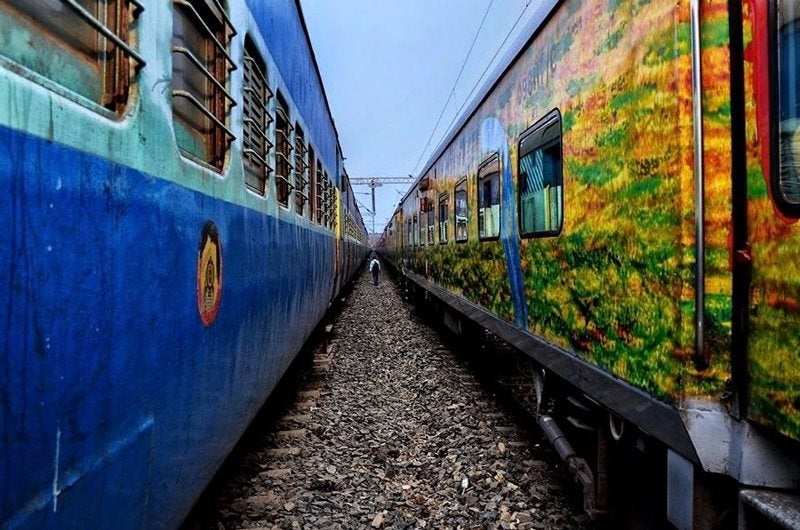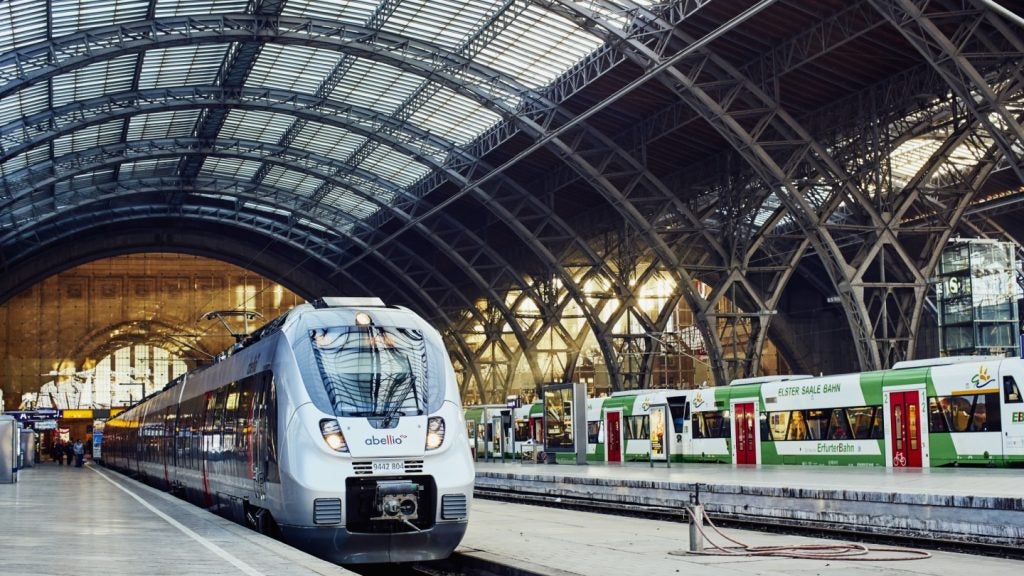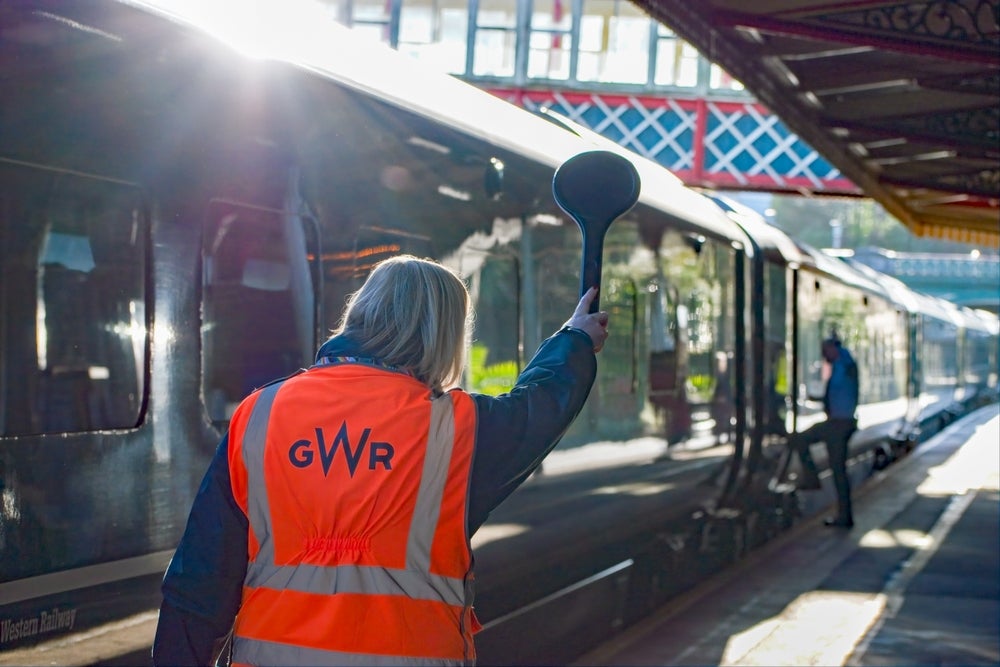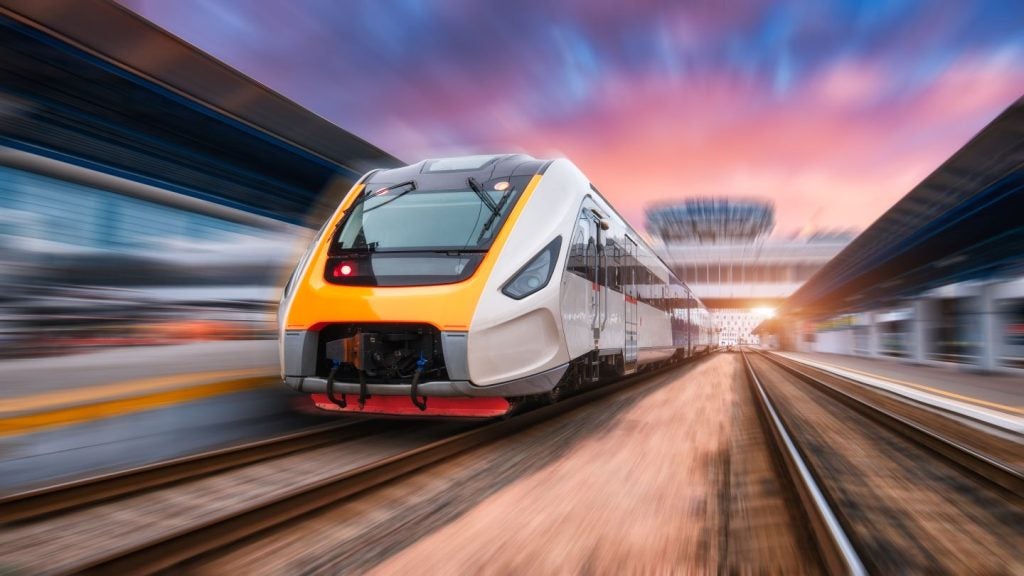
The Indian Ministry of Railways has signed a memorandum of understanding (MoU) with the Department for International Development (DFID) in the UK.
DFID and the ministry will work together to achieve energy efficiency and self-sufficiency for Indian Railways.
The ministry aims to lower its carbon footprint. Recently, the Cabinet Committee on Economic Affairs (CCEA) approved the complete electrification of the rail network to meet this objective.
The MoU covers energy planning according to governmental policies, which include moving towards 100% greener electricity sources. It also aims to promote energy-efficient practises, fuel efficiency and other sustainable energy initiatives.
Both organisations will look into the deployment of electric vehicle charging infrastructure and battery-powered shunting locomotives. The MoU also covers training programmes and industrial visits.
In a press release, the ministry said: “The collaboration of Indian Railways with DFID, United Kingdom will go a long way in ensuring self-sufficiency and efficiency in terms of energy and greener Indian Railways.”
How well do you really know your competitors?
Access the most comprehensive Company Profiles on the market, powered by GlobalData. Save hours of research. Gain competitive edge.

Thank you!
Your download email will arrive shortly
Not ready to buy yet? Download a free sample
We are confident about the unique quality of our Company Profiles. However, we want you to make the most beneficial decision for your business, so we offer a free sample that you can download by submitting the below form
By GlobalDataLast month, the ministry released three online applications to improve project monitoring and IT-enabled services throughout the country.
In September, the ministry decided to adopt Head on Generation (HOG) technology on all Linke Hofmann Busch (LHB) coaches to reduce power costs.
In July, Indian Railways sought government approval to build three dedicated freight corridor networks with a total investment of Rs3tn ($43.53bn).
Indian Railways received an allocation of Rs658.37bn ($9.62bn) in the union budget this fiscal year compared to Rs550.88bn ($8.05bn) last year. This budgetary allocation will be used for the construction of new lines, gauge conversion and track doubling.






